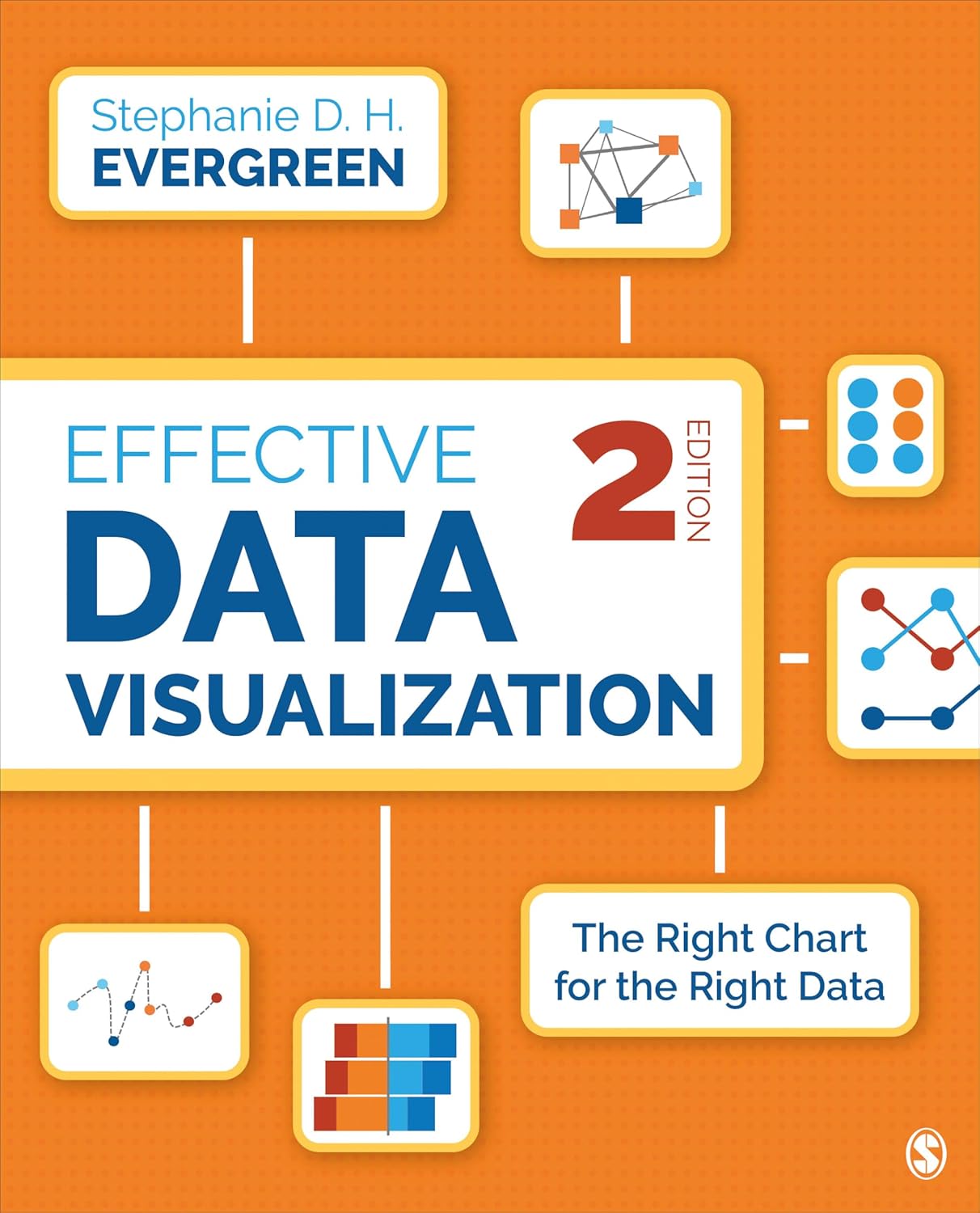
Histogram
What is a Histogram?
A histogram is a type of bar chart used in project management and quality control to display numerical data distribution visually. It groups data into continuous intervals, known as bins, and shows how often values fall into each range. This tool helps project teams quickly identify patterns, such as frequency, spread, and central tendency in data collected during a project. By examining these trends, teams can detect problems, monitor performance, and make data-driven decisions to improve processes.
Histograms are especially useful in quality management for identifying process variability. They offer insight into whether a process is stable or inconsistent, helping to guide corrective action if necessary. Although often used in Six Sigma and Lean projects, histograms apply to any field that requires performance analysis.
Key Points
- A histogram uses adjacent bars to show frequency distributions for continuous data.
- Each bar represents the number of data points within a specific range.
- It differs from a bar chart, which displays categorical data with separate bars.
- This tool helps reveal the dataset’s shape, spread, and central value.
- Histograms assist in identifying process issues, outliers, and trends.
- They support continuous improvement efforts by providing visual data insights.
- The team creates a histogram after collecting many data points to ensure accuracy.
Related Terms
- A bar chart represents categorical data, whereas a histogram shows the frequency of continuous data.
- A Pareto chart is a specialized bar chart that highlights the most significant factors in a data set.
- A control chart monitors process stability over time and complements histograms in quality control.
- A run chart helps track trends and can be used alongside histograms to monitor changes.
- A scatter diagram shows relationships between variables and can be used with a histogram to explore causes of variation.
Histogram: Example
A project team managing a product launch wants to understand customer service call durations. They collect data from 1,000 calls and plot a histogram with time intervals on the x-axis and frequency on the y-axis. The resulting chart shows that most calls last between four and six minutes, with a few outliers at both extremes. This insight helps the team adjust staffing to match peak call durations better.
Histogram: Best Practices
- Collect a large, reliable sample of data before creating a histogram.
- Choose appropriate interval ranges that are neither too broad nor too narrow.
- Label axes clearly and use consistent scales to avoid misleading interpretations.
- Combine histogram analysis with other tools like control charts for deeper insights.
- Use histograms regularly to monitor key performance indicators and support continuous improvement.
Additional Resources
Preparing for a PMI certification?
- Exam Prep Courses: PMP®, CAPM®, and PMI-ACP®
- Exam Simulators: PMP®, CAPM®, PMI-ACP®, PMI-PBA®, PMI-RMP®, PMI-SP®, PgMP®, and PfMP®
- Professional Development Units (PDUs): 15, 30, and 60 PDU Bundles




